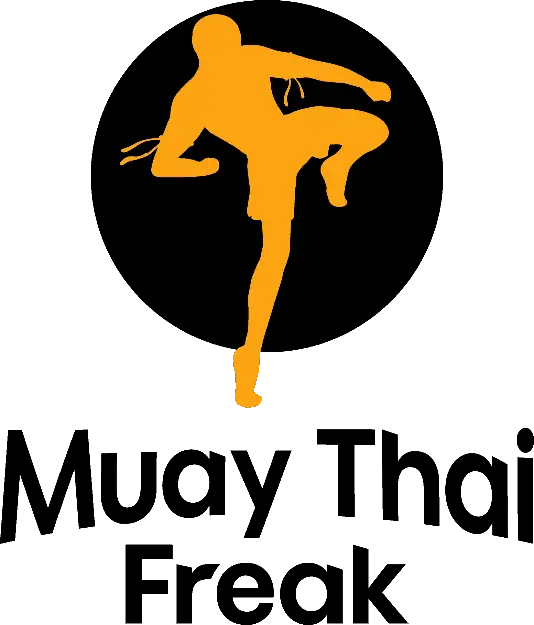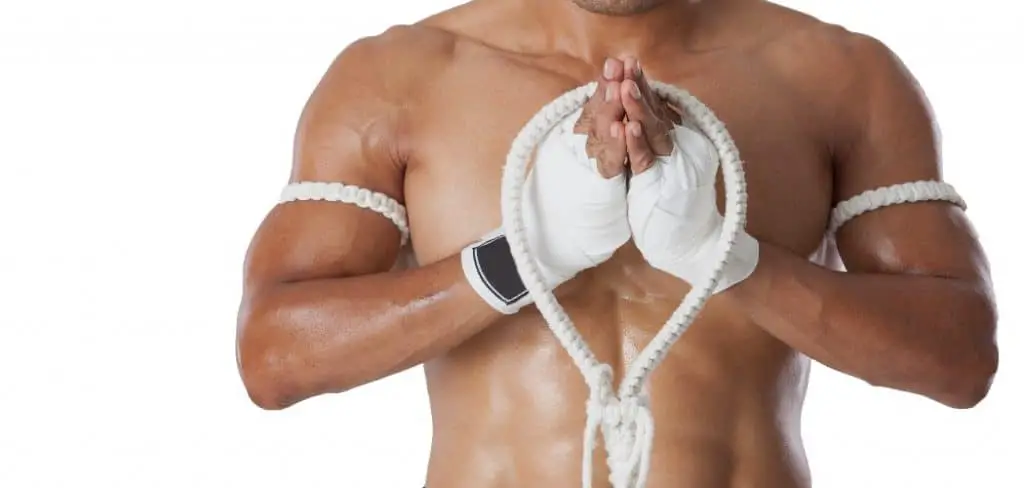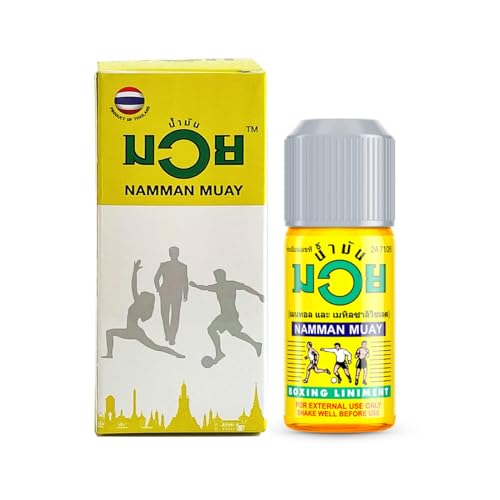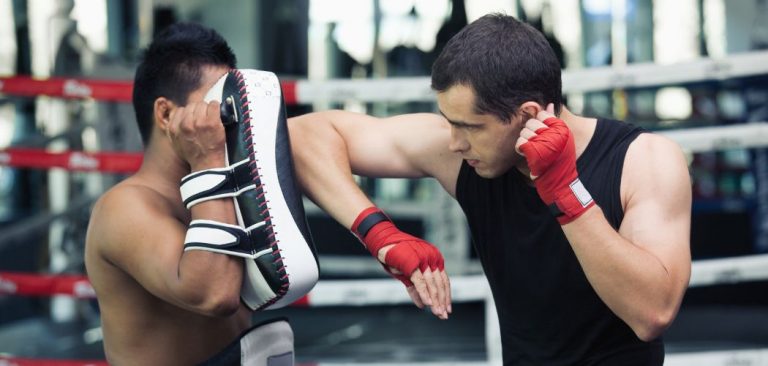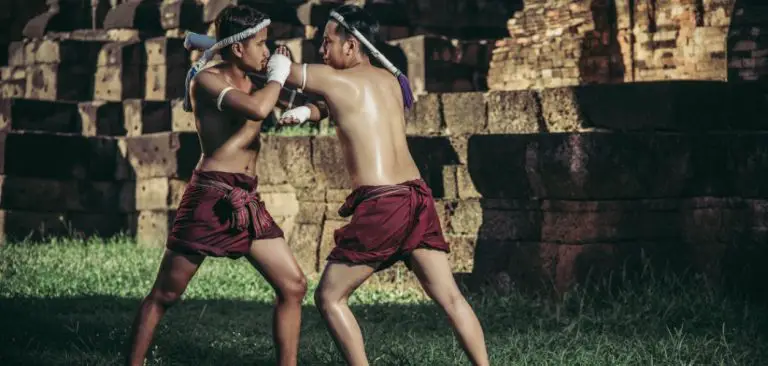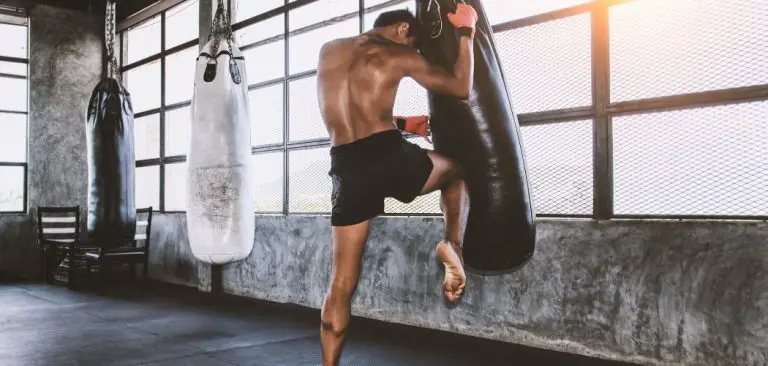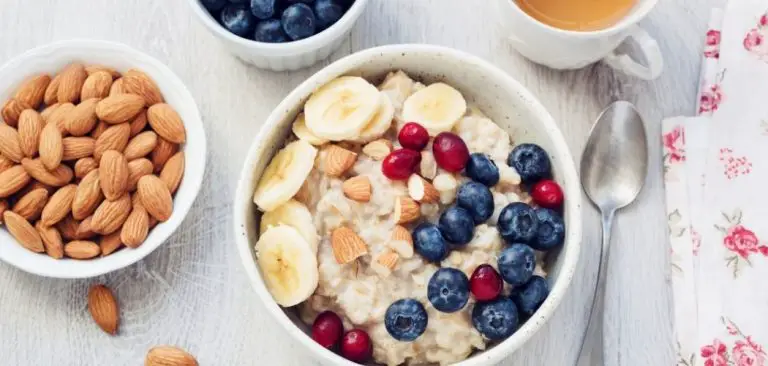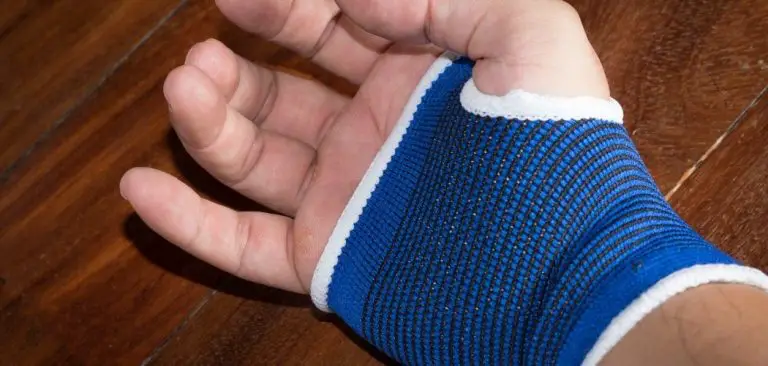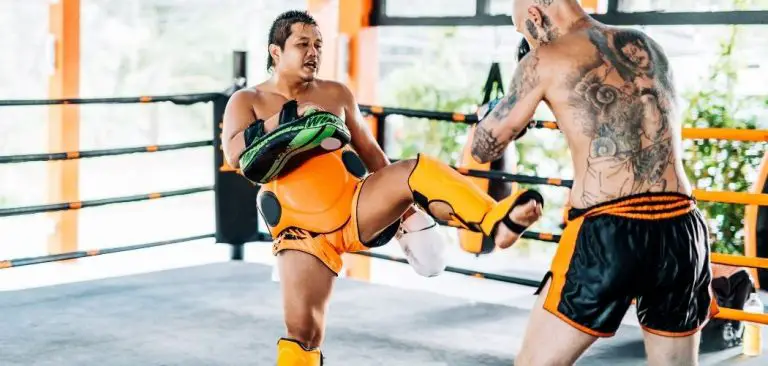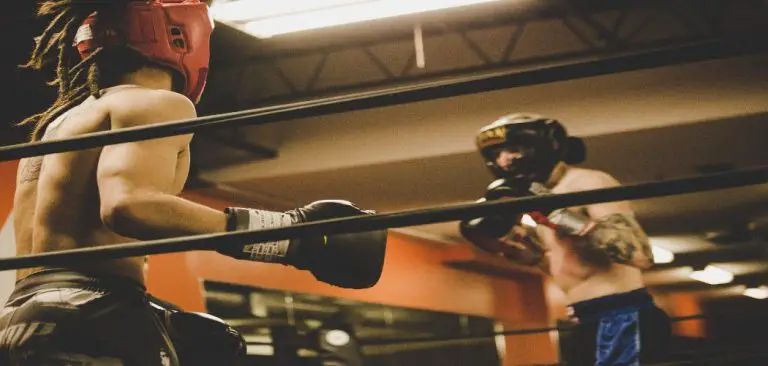The words “black belt” almost always conjures images of a martial artist, one who’s reached an undeniable level of proficiency in their art through years of toil, hard work, and discipline.
Thanks to the martial arts impact on film, television, and pop culture, even those who’ve never personally studied any form of systemized combat recognize the achievement and dedication required to reach such a level.
But what the uninitiated may not realize is that the use of colored belts as a ranking system is relatively new to the field of martial study and that it’s a predominantly Japanese system of grading.
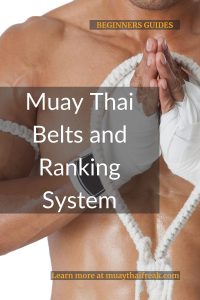
Other arts that employ a gi as their training uniform, like Tae Kwon Do and Brazilian Jiu-Jitsu, also employ this system so other students and instructors will be able to recognize a pupil’s ability and status in the class hierarchy.
Other Eastern styles, like Chinese martial arts (collectively referred to as Kung Fu), use a similar color-coded system for the sashes they wear as part of their uniform for a similar reason. But what about martial arts systems whose uniform doesn’t include a belt or sashes like a Japanese gi or Chinese yī-fu?
Does Muay Thai have belts for ranking? The short answer is no, for a plethora of rankings Muay Thai belts. The first and most practical is the uniform, but there are cultural factors to be considered, as well as the nature of the art itself and how it compares to other martial arts.
But that doesn’t mean there isn’t a rank system to gauge a practitioner’s level of proficiency. Today, we’ll explore all that and more.
Table of Contents
History of Belt Rankings
The belt rankings as western audiences understand them can be traced back to the early 1900s when Judo pioneer Jigoro Kano began marketing his system of unarmed combat to the world.
A phenomenal Judoka in his own right, Jigoro Kano was first and foremost an educator. He recognized the positive aspects of the martial arts that lie beyond unarmed combat and physical prowess, like respect and dedication to one’s work.
An experienced Jiu-jitsu practitioner, Kano modified the techniques to make them less lethal and thus appropriate for teaching in schools, allowing students to reap the mental, spiritual, and physical benefits of the martial arts without the threat of possible life-altering injury, something most parents probably would’ve had an issue with.
This modified system of martial instruction became Judo, and just as students receive grades in their courses to mark their proficiency in any given subject, Kano knew he had to devise a system of differentiating the level of competence between his Judo students.
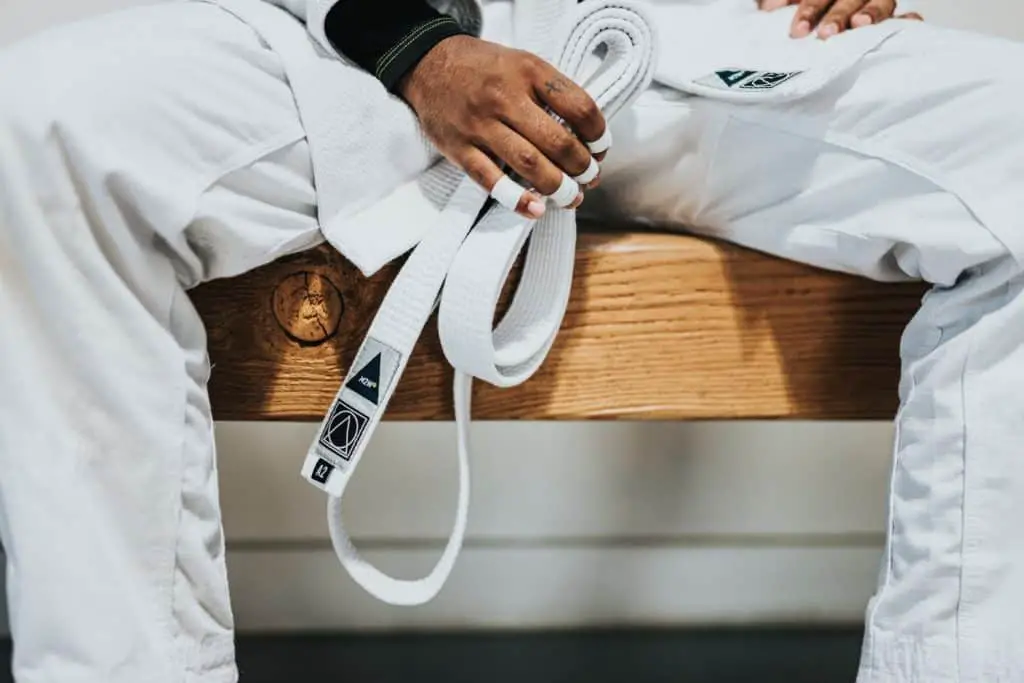
It wouldn’t do to match an “A+” student against a “D-“one and expect either to benefit! This need lead to the introduction of different colored belts for students to wear on their gi.
Before Kano, there were only three belts in Japanese martial arts: white, brown, and black, and these came naturally with time. When a student first enrolled in a course, his uniform and belt were white to signify their status as a blank slate, ready to be filled with knowledge.
As time passed and the student continued to train, the belt would inevitably begin to darken with sweat and dirt and the passage of time, eventually becoming brown. Students who were particularly driven or trained longest would have much darker belts, getting so dark they were almost black with use.
Kano’s system of introducing colors that could be earned without such long-term dedication proved particularly useful when marketing Judo to the rest of the world. Due to cultural differences, western audiences tend to be more motivated by instant gratification than their eastern counterparts and the validation that came with every belt encouraged western students to stick with the art long-term.
Judo was the first Eastern martial art to go mainstream in the US, particularly in colleges and universities where students were already being exposed to Eastern philosophies and religions. Organizations at the head of other styles in Japan recognized this sudden interest and began incorporating similar belt systems that were eventually incorporated into systems of Kung Fu as well.
But how does this relate to Muay Thai? If there aren’t Muay Thai belts, is there anything similar?
Martial vs Art
Jigoro Kano introduced martial arts to a worldwide audience. The man’s realization that these centuries-old systems of warfare could be modified for civilian use while emphasizing abstract concepts like honor and dedication was nothing short of genius, and his contributions to the whole of martial arts cannot be overstated.
A revolutionary and ambassador in every way, there’s a very strong argument to be made that the martial arts wouldn’t enjoy their world-wide appeal were it not for him. The interest in Eastern systems opened the gates for all styles of martial arts, even those who kept their lethal edge.
Muay Thai is one of those systems. While styles like Judo and Tae Kwon Do place plenty of emphasis on the metaphysical, Muay Thai is all about combat. While there’s certainly a high level of respect and sportsmanship in the ring, at the end of the day the goal is to finish your opponent utilizing unarmed techniques.
A fighter’s skill isn’t displayed by the uniform he or she wears, but in their prowess in the ring. By nature of the style, belts hold no use for a Muay Thai fighter. To earn a black belt in Karate means the martial artist has displayed a high proficiency in their style.
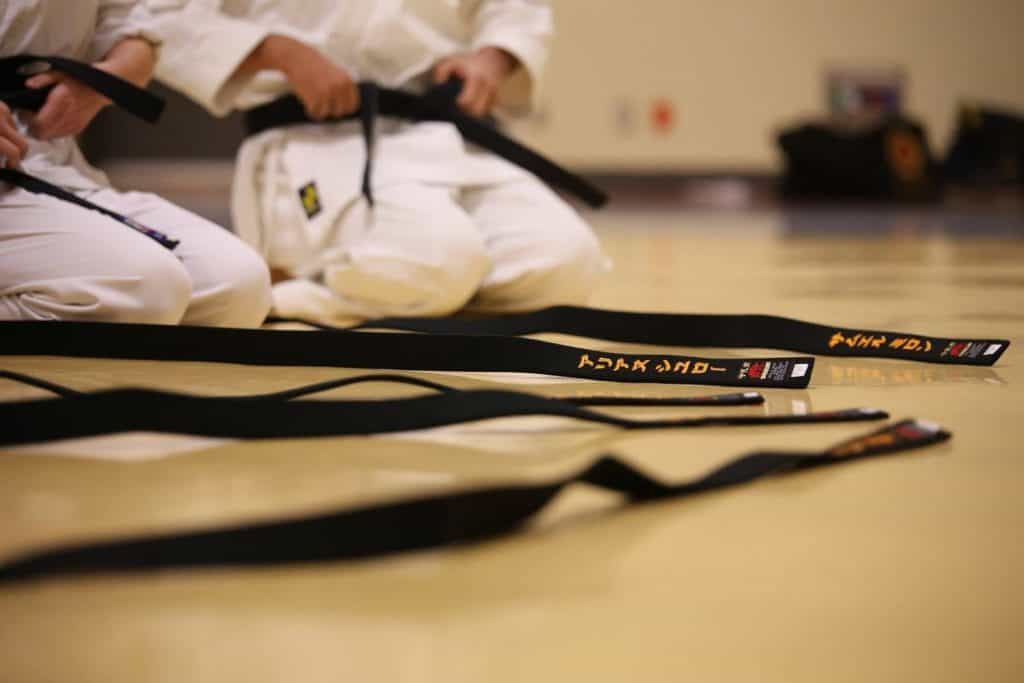
A Muay Thai fighter’s proficiency, or lack thereof, is displayed in their ring record. Because ring combat is always evolving, a fighter doesn’t know if they’re good at what they do until they’ve tested themselves against an equally determined opponent.
Adherence to tradition isn’t a prerequisite in Muay Thai as it is in arts that have been intentionally watered down for civilian pastimes or hobbies; if a traditional technique is deemed useless, a fighter isn’t going to waste their time training studying it. This emphasis on the martial aspect of martial arts makes colored belts an ineffective method of grading a student’s ability.
Determining Proficiency and Progress
As noted above, Kano developed the multi-colored belt system as we know it today to gauge a student’s progress and proficiency. Due to Judo’s emphasis on nonlethal and less destructive techniques, there needed to be a way to safely gauge a student’s progress.
That isn’t to say Judo is ineffective in a combat environment, but combat efficiency isn’t the main goal. Muay Thai on the other hand was developed specifically for warfare; even in times of peace, warriors and soldiers must be able to simulate actual combat as closely as possible to maintain a degree of proficiency.
It’s for that very reason that many military martial arts or unarmed combative systems have adopted that same mentality when training troops. The only accurate way for a fighter to gauge his or her ability is to fight against an equally determined opponent. In place of Muay Thai belts, traditional Thai fighters can only know how good they are by engaging in Muay Thai fights.
Due to the strong emphasis on Muay Thai in its native Thailand (Muay Thai is officially recognized as the country’s national sport), children traditionally begin training at a very young age. It’s not unheard of for kids to begin their training as young as six years old, and to begin taking part in full contact, local events as early as eight.

Once a fighter reaches fifteen, they’re able to compete on a national level. By the time a fighter is in their mid-twenties, they’ve typically accrued a resume that’s well over one hundred fights!
For this reason, it’s safe to say that the only Muay Thai belts that matter are Muay Thai title belts. Just like in western boxing, a beginner isn’t called a ‘white belt;’ they’re novices. The crème de la crème isn’t called Grandmasters; they’re Champions.
This isn’t meant to be taken as an insult to other styles of martial artists studying different systems, but styles whose entire emphasis is on combat simply can’t be graded on the same scale. If you were to take two Karate practitioners with different belt colors from the same dojo, say a brown belt and a black belt, then pit them against each other in the fight and the brown belt wins, would that negate the black belt’s status?
In most schools, it wouldn’t. The black belt passed the tests and memorized the forms necessary to achieve his or her rank, and there might still an argument to be made the black belt is the superior martial artist, but not the superior fighter.
Now if you were to take two Muay Thai fighters from the same camp, one who’d been training for twelve years versus one who’d been training for eight, and the eight-year fighter won the fight then there is no doubt who the superior practitioner is regardless of who’d been training longer.
You can debate belt color until you’re blue in the face, but fights are a definitive answer to a question between two athletes. All other factors aside, the fighter whose hand is raised at the end of the match was the best that night. Even if Muay Thai belts did exist, it wouldn’t change the outcome or leave room for debate.
But what about martial artists who train Muay Thai for reasons other than fighting?
Western Solution
Even though Muay Thai was originally developed for combat that doesn’t mean every person who trains in the style is looking for a fight. After all, bows and arrows were originally meant for hunting and war, yet there are plenty of vegan archers who’ll never fight a day in their lives.
There’s a multitude of reasons for studying any martial art that has nothing to do with professional fighting and self-defense, and Muay Thai is no exception. For instructors and sports ambassadors to successfully sell the style to a western audience that’s not necessarily interested in becoming professional fighters, they turned to our old friend Jigoro Kano for inspiration.
Remember how important colored belts and sashes were for instructors in traditional Japanese or Chinese martial arts to distinguish student skill level? The uniforms themselves made colored belts and sashes a practical method for quick determination of martial proficiency.
Gis and yī-fu both have buttonless and zipperless tops that are split down the center of the chest, with one flap tucked into the other and held in place by a belt on gis and a sash on yī-fu.
Fighters typically don’t wear any sort of top, and they always fight in form-fitting, elastic shorts that are held in place with drawstrings if anything at all, rendering Muay Thai belts redundant and superfluous. But there is one piece of a traditional Muay Thai fighter’s uniform that can be color-coded, the Prajioud, aka Pra Jiad.
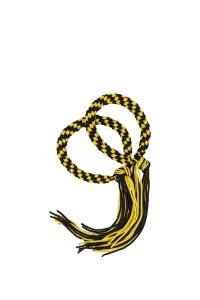
Worn by fighters before and after matches, the Pra Jiad is a braided rope worn around a fighter’s bicep to symbolize good luck and courage. In the past, a fighter’s Pra Jiad was made by a loved one, typically a wife or mother.
The Pra Jiad held deep symbolic meanings for Muay Thai fighters, and they were often kept in high places to prevent them from falling to the ground or being stepped on, at which point it was believed the cord lost its mystical powers.
When Muay Thai ambassadors spread the art beyond Thailand, it was realized that the cultural significance of the Pra Jiad wouldn’t be realized beyond Thai borders, but this arm ornament did give instructors an easily identifiable piece of clothing that was traditional to the art, and with its eventual color-coding system similar to other martial arts it gave students goals to strive for and visible markers of progression. In essence, the Muay Thai belt system was born.
It is worth noting that some schools adopted the use of literal Muay Thai belts to avoid confusing new students or to be more mainstream in the martial arts world. Other camps may use color-coded t-shirts or even fight shorts to different skill levels, but the Pra Jiad is the most popular system utilized outside of Thailand.
The practice has even caught on in Thailand itself, but you’ll rarely see it in a traditional Muay Thai camp. Instead, the different colors are likely to be seen in more over-all fitness-related gyms or in police clubs, where officers learn Muay Thai as part of their police training but don’t place particular emphasis on the style beyond a means of dealing with suspects resisting arrest or as a method of self-defense.
Color System and Ranking Explained
In Muay Thai, the instructor is called the Kru or Arjan (also ajaan, ajarn, acharn, and achaan; they all mean the same thing and can be used interchangeably unless the instructor says otherwise). Just like a Sensei or Sifu, the Kru is the one who decides when a student is ready to test their skills. In traditional Muay Thai, that means it falls on the Kru to decide when a student is ready for a fight, but in the western variations that means deciding when a student has earned their next Muay Thai belt or Pra Jiad.
Due to the relatively recent “westernization” of incorporating colored Muay Thai belts or Pra Jiad in the grading system, there’s no uniform curriculum or ranking system between schools or variations.
The WTBA (World Thai Boxing Association) utilizes a system similar to other arts, with a white Pra Jiad representing a new student and a black one representing an advanced student and a junior instructor. It typically takes about ten years for a student to advance from white to black, with seven belts or Pra Jiad between.
After black, there are four other Muay Thai belts to denote instructor seniority: black and white, black and red, black and silver, and a black and gold Pra Jiad to indicate head Kru or senior-most instructor. It’s the school’s black and gold Kru who ultimately determines whether a student is ready to advance to the next colored Pra Jiad.
While the WTBA seems to have set the most accepted standard of Muay Thai belt advancement, other systems exist with their unique curriculums and ranking systems.
Bang Muay, for example, is a system of Muay Thai developed by K-1 and MMA striking legend Duane “Bang” Ludwig that utilizes quick footwork and rhythmic motion more closely associated with Karate or Tae Kwon Do.
Bang Muay places a heavier emphasis on belts and Pra Jiad than the more traditional systems to encourage competitive learning over more competition-based variations.
Conclusion
Regardless of its evolution from battlefield weapons to combat sport to a martial pastime, all variations of Muay Thai still retain aspects of the traditional competitive style.
If you were to ask a Muay Thai purist about Muay Thai belts, they’d probably say the only belts that matter is the championship ones you earn in the ring. No matter how much it changes, Muay Thai is, at its core, a system devised solely for combat, and it’s difficult to grade a fighter anywhere but the ring.
Technique competency or mastery plays an undeniable role in determining who wins a fight, but so do strength, power, and speed. Then there’s the other factors, the ones that can’t be quantified or estimated, like luck for instance, or dogged determination and force of will.
A coach may see these things or get a sense of them in the gym or training, but a fighter’s true potential can’t be realized anywhere except for in a fight. Trying to determine a fighter’s skill based on anything other than his or her performance is going to lead to gross inaccuracies and does a great disservice to the combatant and the martial spirit of Muay Thai itself.
But again, just because a Muay Thai practitioner doesn’t step into the ring regularly (or even at all) doesn’t mean they can’t develop a deep understanding of technique and competence.
Such flippant disregard for their dedication is completely unwarranted and disrespectful as well. They may not have a mantle lined with trophies or substitute part or all of their income with prize money, but they still show up and pay their respect in sweat and tears like everyone else.
They too have a personal connection to the style and have dedicated their own precious time to the art of eight limbs. Does that make them any less worthy of reward?
Aren’t they every bit as entitled to concrete evidence that they’re progressing and growing both in the sport and as individuals? If colored armbands or Muay Thai belts give them a well-deserved and hard-earned sense of accomplishment, and if their instructors deem them worthy of advancement to a new level, then it’s a perfectly valid system.
Remember the Karate metaphor from before, where the brown belt beats the black belt? I’d like to bring that up one more time before I leave you to your thoughts.
The belt system might not determine the better fighter is, but it’s a great way to gauge progress as a martial artist. If someone walks into a Muay Thai gym intending to be a fighter, then they need to fight. There are no two ways about it.
Their training should be focused entirely on winning, belts and ranks are damned. But if someone walks into the gym looking to learn how to defend themselves, find a fun way to work out, or simply progress down the individual path of self-growth they’ve charted for themselves, then using a system like Muay Thai belt advancement is an excellent way to judge their progress.
Traditional Muay Thai doesn’t have a belt ranking system, but one-half of martial arts is art. Art is always evolving, as are methods of combat. If that means using Muay Thai belts, then it’s up to the individual to decide which path they’d rather take.
At the end of the day, all martial art paths are ones we walk alone.
Last Updated on May 21, 2022 by Deni
